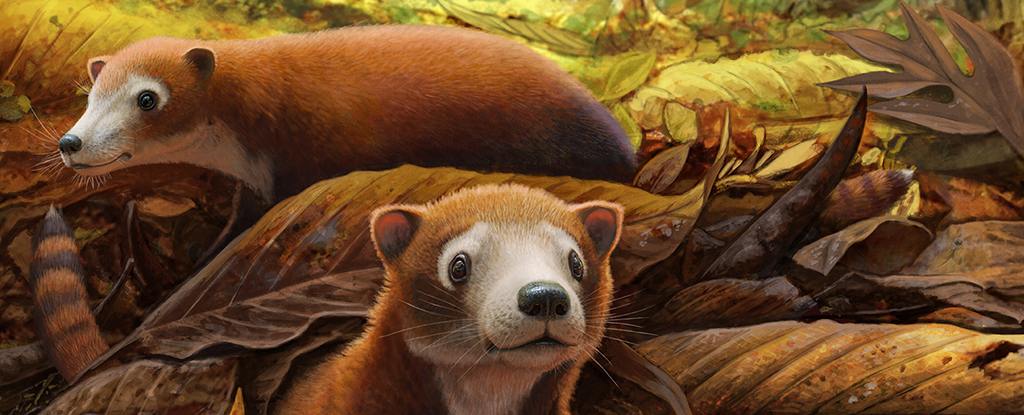Agronomy, Vol. 14, Pages 729: UAV-Based Remote Sensing to Evaluate Daily Water Demand Characteristics of Maize: A Case Study from Yuci Lifang Organic Dry Farming Experimental Base in Jinzhong City, China
Agronomy doi: 10.3390/agronomy14040729
Authors: Yaoyu Li Tengteng Qu Yuzhi Wang Qixin Zhao Shujie Jia Zhe Yin Zhaodong Guo Guofang Wang Fuzhong Li Wuping Zhang
Soil moisture critically influences crop growth, especially in dryland environments. Precise agricultural management requires real-time monitoring of stratified soil moisture and assessment of crops’ daily water needs. We aim to provide low-cost, high-throughput information acquisition services for dryland regions with underdeveloped infrastructure and offer scientific support for sustainable water resource management. We used UAVs (Unmanned Aerial Vehicles) with multi-spectral sensors for routine maize monitoring, capturing leaf reflectance. Constructing vegetation indices, we quantified the relationship between leaf water content and surface soil moisture, using the Biswas model to predict deep soil moisture distribution. We used UVAs to monitor crop height and calculated the daily water demand for the entire growth period of corn using the Penman Montes equation. We found an R2 of 0.8603, RMSE of 2.455%, and MAE of 2.099% between NDVI and canopy leaf water content. A strong linear correlation (R2 = 0.7510) between canopy leaf water content and soil moisture was observed in the top 20 cm of soil. Deep soil moisture inversion from the top 20 cm soil moisture showed an R2 of 0.9984, with RE mostly under 10%, but exceeding 20% at 120 cm depth. We also constructed a maize height model aligning with a sigmoidal growth curve (R2 = 0.9724). Maize’s daily water demand varied from 0.7121 to 9.4263 mm, exhibiting a downward-opening parabolic trend. Integration of rainfall and soil water data allowed for dynamic irrigation adjustments, mitigating drought and water stress effects on crops. We highlighted UAV multi-spectral imaging’s effectiveness in monitoring crop water needs, facilitating quick daily water requirement estimations. Our work offers a scientific foundation for managing maize cultivation in drylands, enhancing water resource utilization.

 1 month ago
18
1 month ago
18


